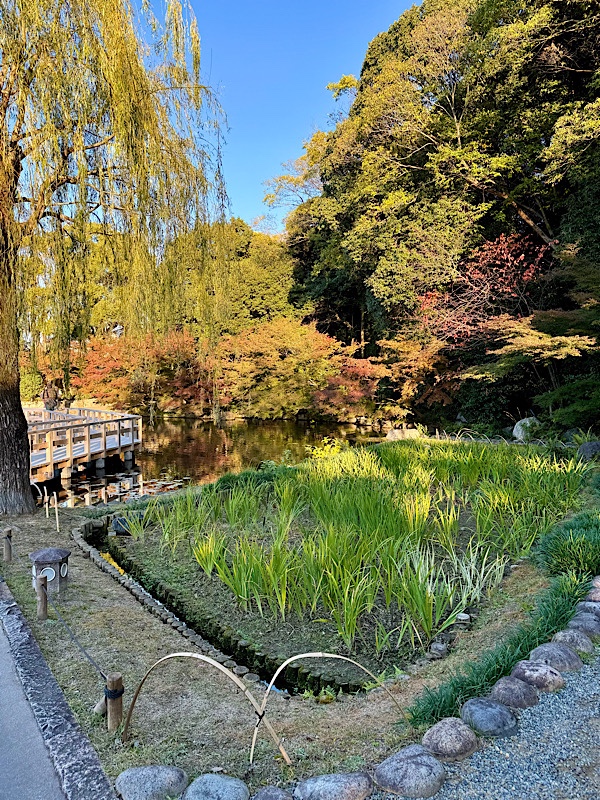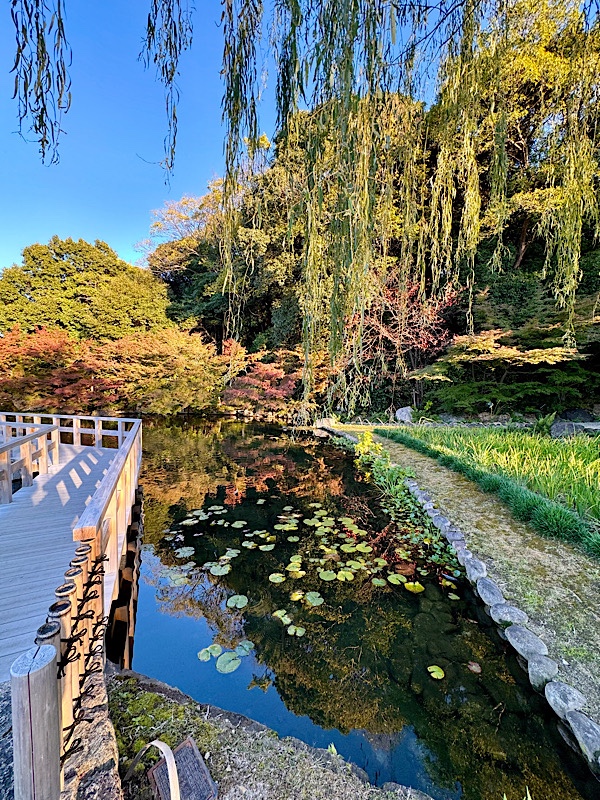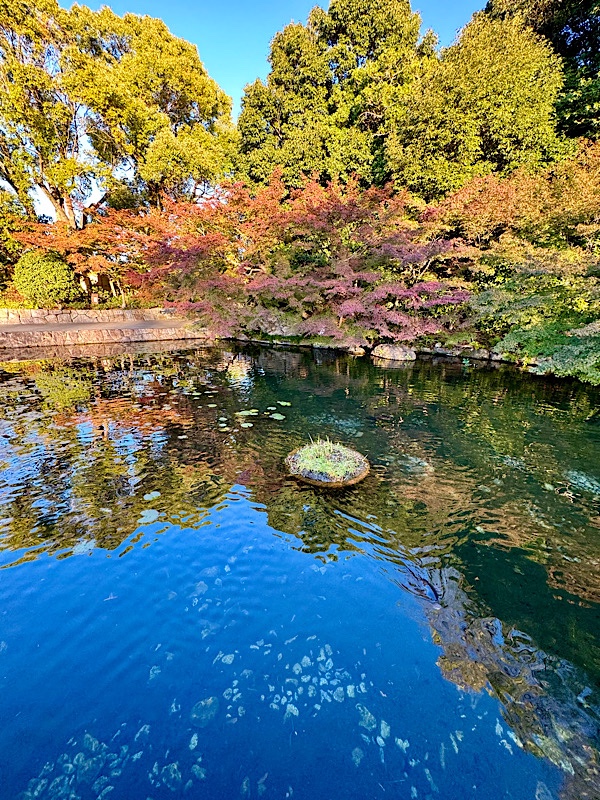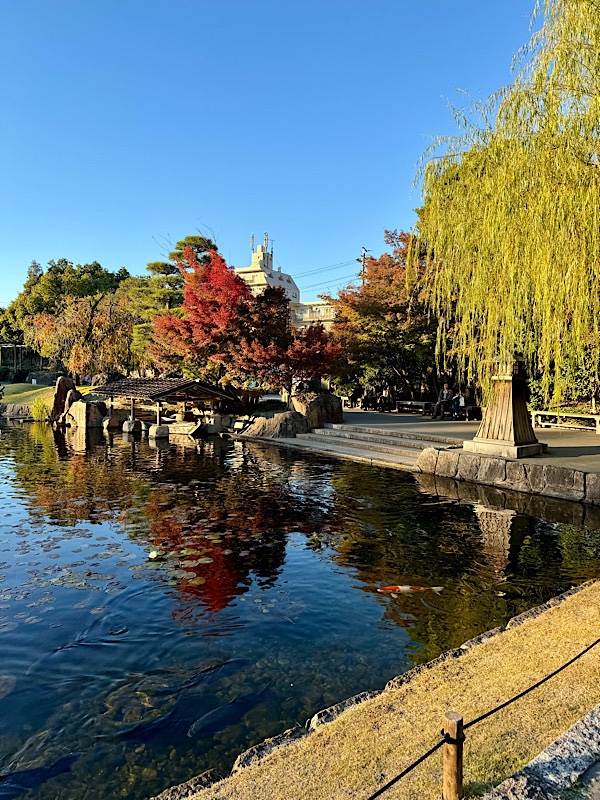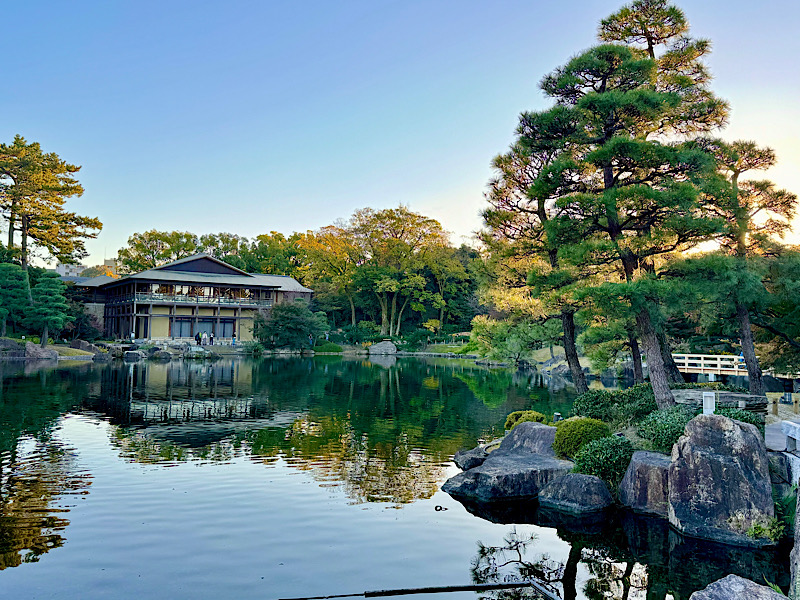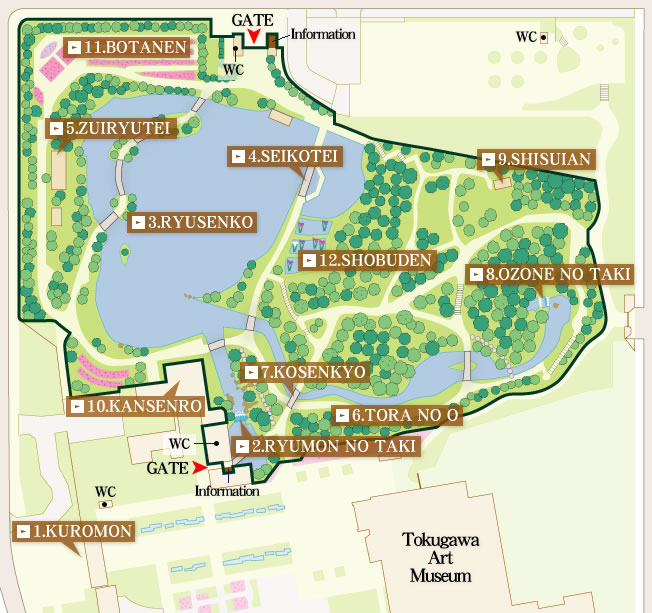“The Tokugawa Art Museum houses over 10,000 artifacts, with the bequests of Ieyasu Tokugawa comprising the core, and holds daimyō family treasures collected and inherited by many generations of the Lords of Owari, starting with Ieyasu’s ninth son, Yoshinao Tokugawa. The collection includes 9 National Treasures, including the Tale of Genji Illustrated Scrolls, and 59 items designated as Important Cultural Properties. The museum takes great pride in the rich variety, quality and level of preservation of its collection.“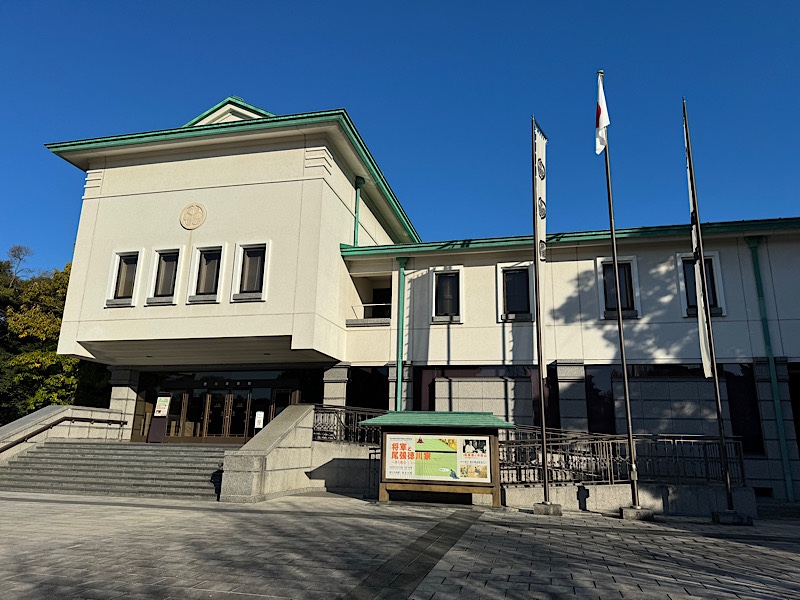
Or so reads the description of the facility on the museum’s website – however, it is one of those curated collections that 1) won’t let visitors take any photographs, and 2) has very few descriptions of objects in languages other than Japanese. Which makes for a very superficial and sad visit over all.
Honestly, I don’t mind the no photos thing – especially of delicate objects such as 800 year old scrolls or ancient paintings, but please, please, please, sell us a guide book at the end if we can’t photograph any detail. And for the life of me – why can’t we photograph things that notably all have ‘reproduction’ on the plaque beside them? :/
Two sets of armour that greet visitors at the front door… reproductions.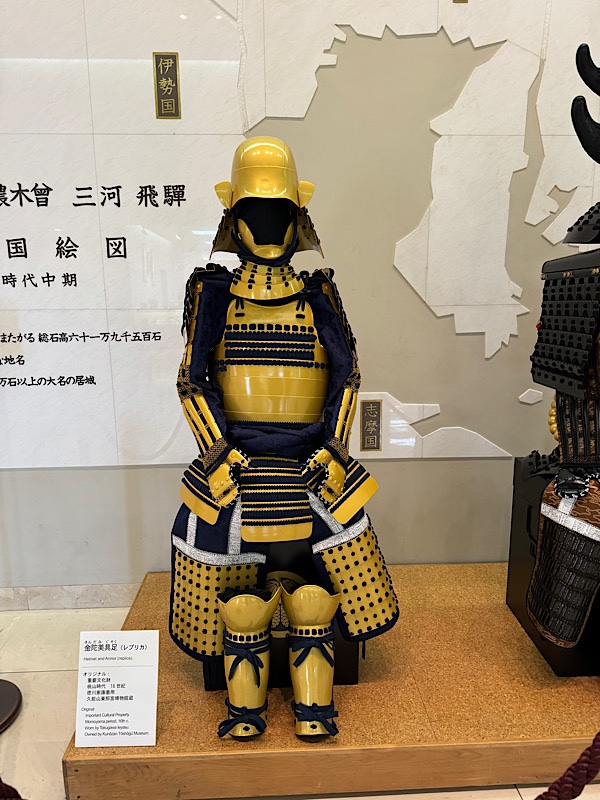
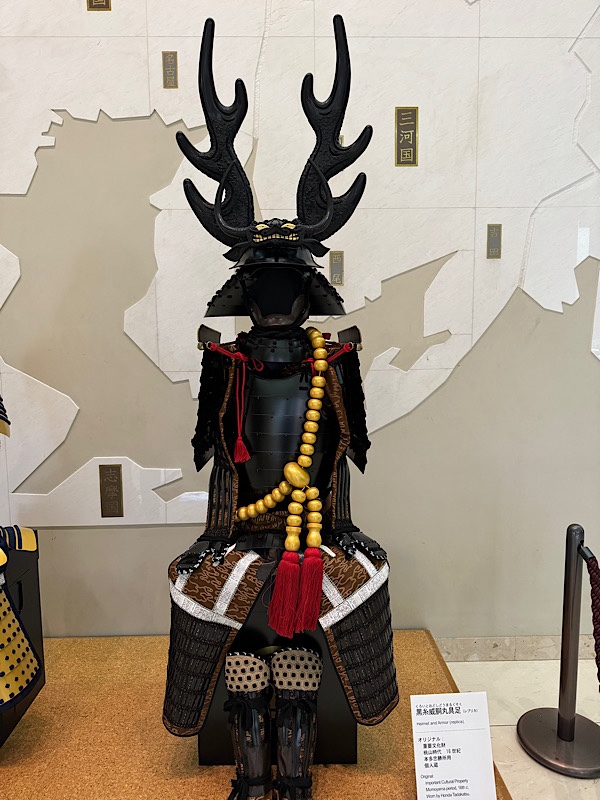 Traditional feudal map of the Nagoya area… could not ascertain from the description when it was created or by whom.
Traditional feudal map of the Nagoya area… could not ascertain from the description when it was created or by whom.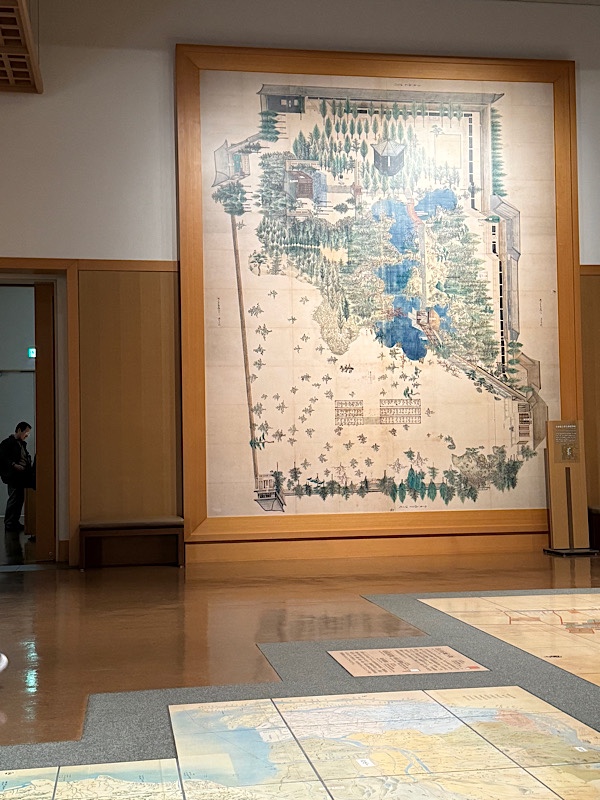 Ooh, pretty garden visible from one of the internal passage ways between exhibition halls.
Ooh, pretty garden visible from one of the internal passage ways between exhibition halls.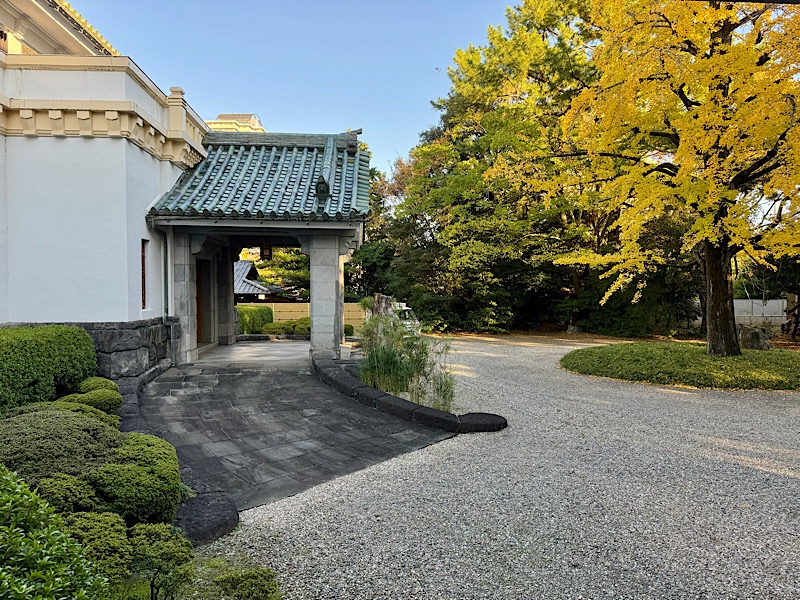
So instead – here are some images ripped off the internet of things we saw:
“This room recreates the study (shoin) and preparation area (kusari no ma, literally “chain room”) of the Ninomaru Goten, Nagoya Castle. It shows the tea utensils, hanging scrolls, and calligraphy implements that were handled there. In the case of the Owari Tokugawa, the shoin was an official space for governance. The exhibition space thus replicates its various formal, magnificent displays such as the board-style alcove (oshiita), the staggered shelf (chigaidana), and the desk (shoindoko), all of which testified to the status and authority of the Owari Tokugawa. With this history, the museum holds one of the leading Japanese collections of Chinese-style lacquerware, inks, and incense.”
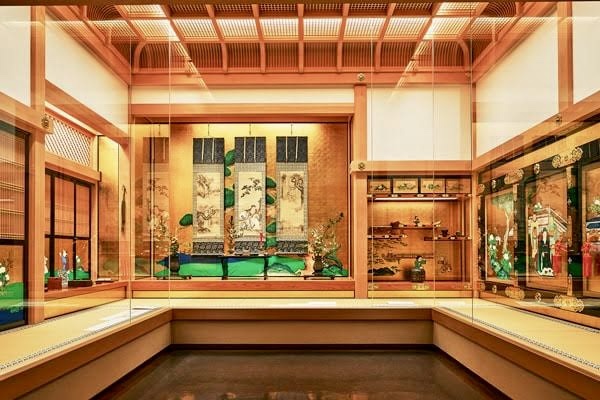
Below: The Hatsune (First Warbler) Troussseau
“Princess Chiyo (1637-1699), the eldest daughter of the 3rd Tokugawa shogun Iemitsu, received this bridal trousseau in 1639, when she married Mitsumoto, the 2nd lord of the Owari clan. The motif on the matching ensemble comes from a poem in “The First Warbler,” chapter 23 of The Tale of Genji, which reads: “The old one’s gaze rests long on the seedling pine, waiting to hear the song of the first warbler, in a village where it does not sing.” The poetic design is elegantly embedded in the lacquered furnishings with scattered letters and pictorial motifs. Designated a National Treasure, the Hatsune Trousseau represents the finest example of the decorative lacquer technique of maki-e (sprinkled metal decoration) in Japan as well as the power of the Tokugawa shogunate.”
There you go – some actual information cadged straight from the museum’s website… sigh.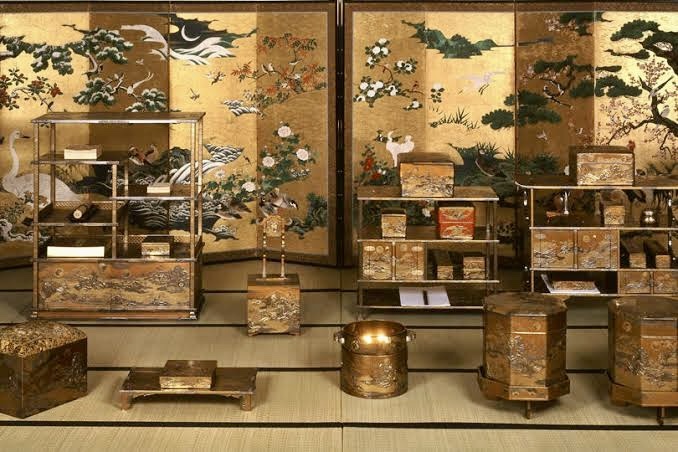
Hina Dolls: The Hina Dolls were special ordered for the daughters of the Owari Tokugawa family.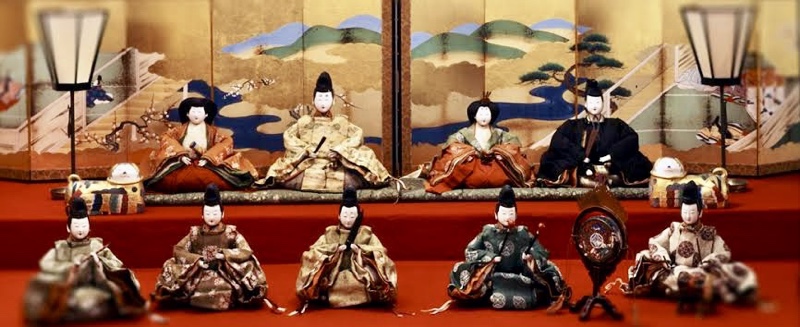
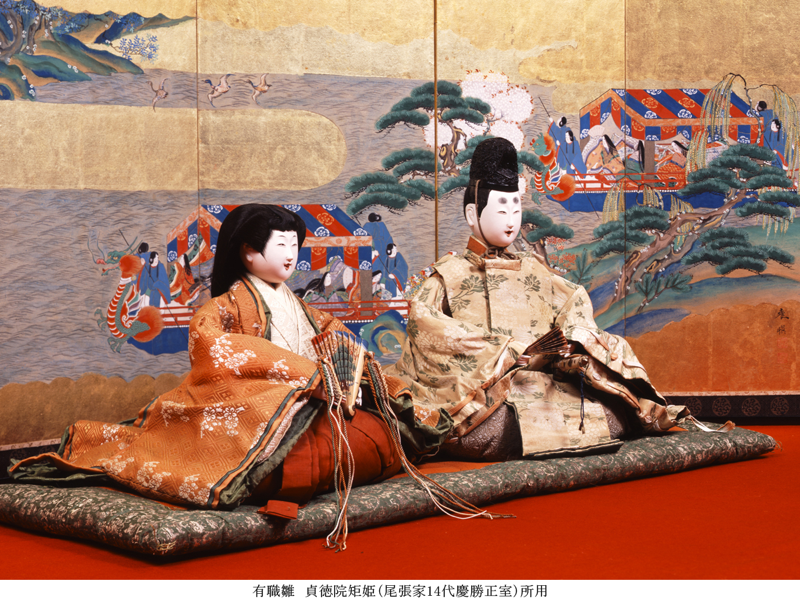
Sword mounting for a Tachi long sword – Edo period, late 19thC.
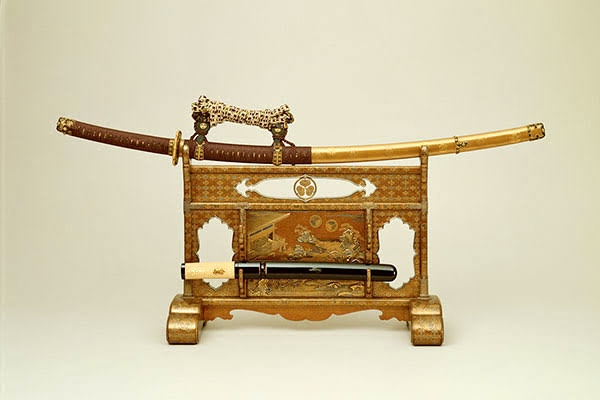
The black armour picture in the back of this image was an authentic extant suit from the Tokugawa family collection… can’t remember exactly what period because, no photos of information plaques. 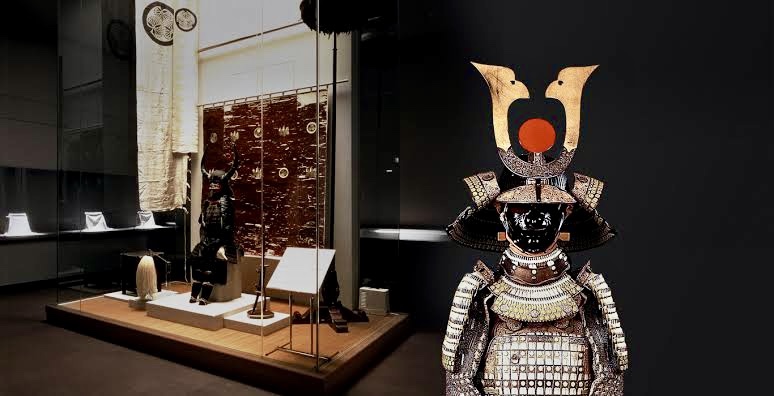
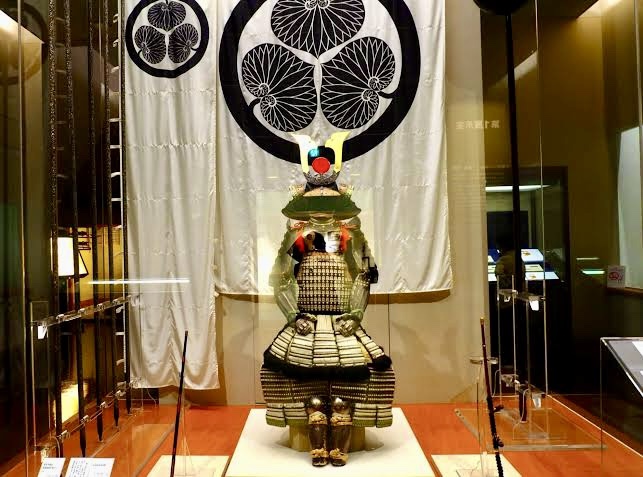
A Daimyo’s tea room – this thatched building is a reconstruction of the Sarumen Tea House from the Ninomaru residence in Nagoya Castle. Tea ceremony was an integral part of the social and cultural life of the Edo samurai, and their teahouses constituted a measure of their social standing. This room is a recreation of the Sarumen Tea Room at Ninomaru Goten, Nagoya Castle. It was a national treasure, but was destroyed by fire during WWII. 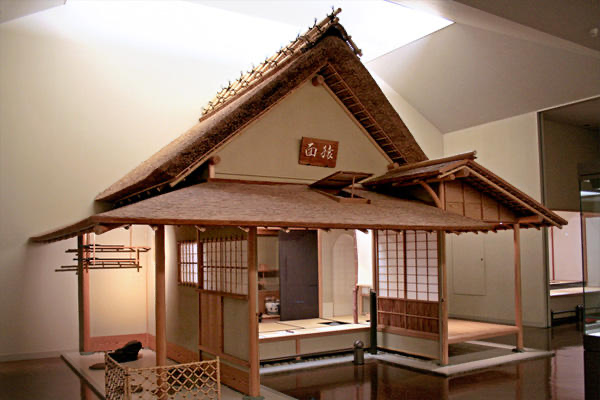
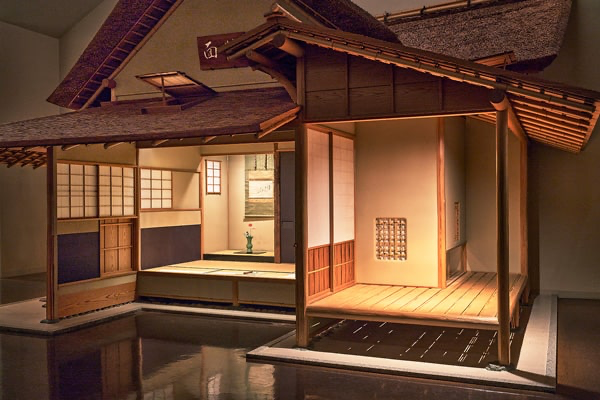
“The National Treasure Illustrated Scroll of The Tale of Genji (early 12th century), the oldest surviving pictorial representation of The Tale of Genji.” Below are presumably images of the originals from the museum’s website – what we were able to view in the museum were recent replicas to protect the delicate originals from light.
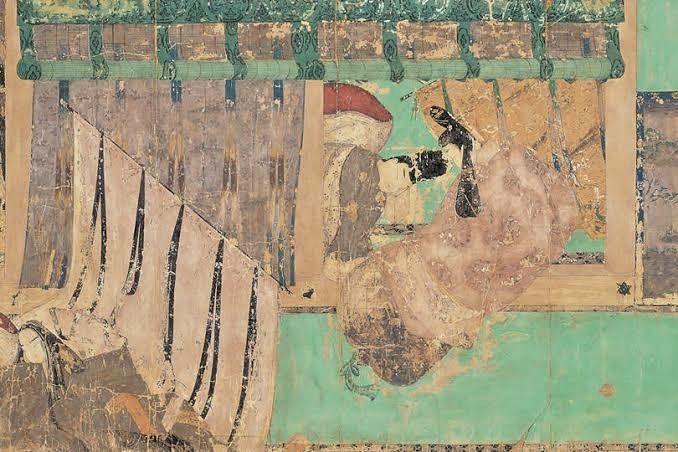
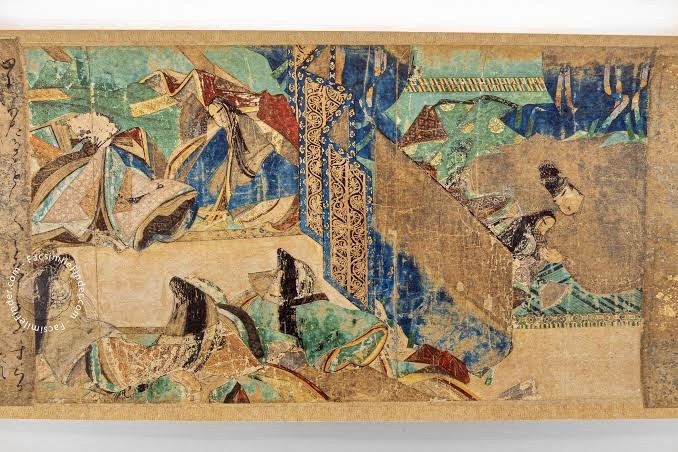
All up, the Tokugawa Art Museum seems to house some very interesting objects… somewhere? But most of them don’t seem to be on display, just replicas. The lack of ability to take pictures of the replicas and the lack of guidebooks at the gift shop were disappointing.
The Tokugawa-en Garden on the other hand is an oasis of serenity in the middle of the busy city of Nagoya City. The garden is a genuine of traditional Japanese garden design. It was created as a leisure and entertaining space for the demanding generals of the past. It is expansive, beautifully maintained and exquisitely designed. There are plant and flower species arranged to make each season uniquely enjoyable all year round. It was quiet even though there were quite a few visitors.
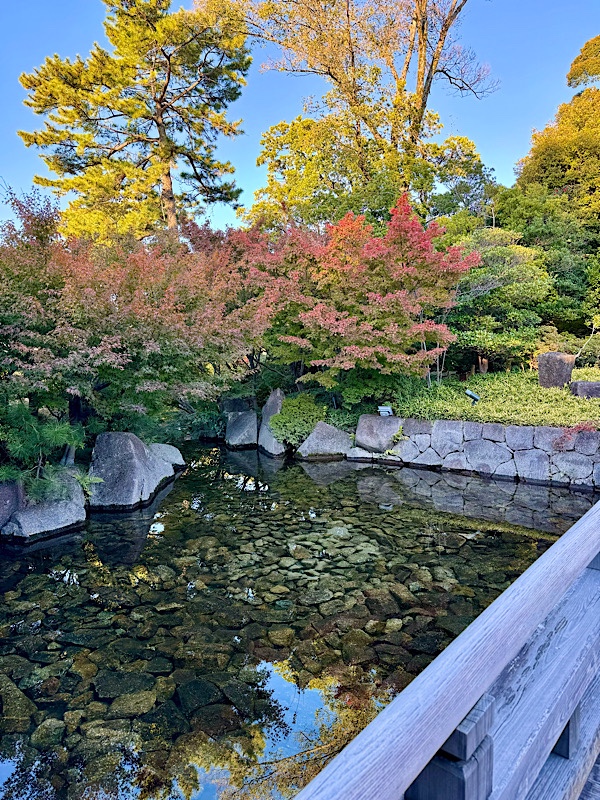
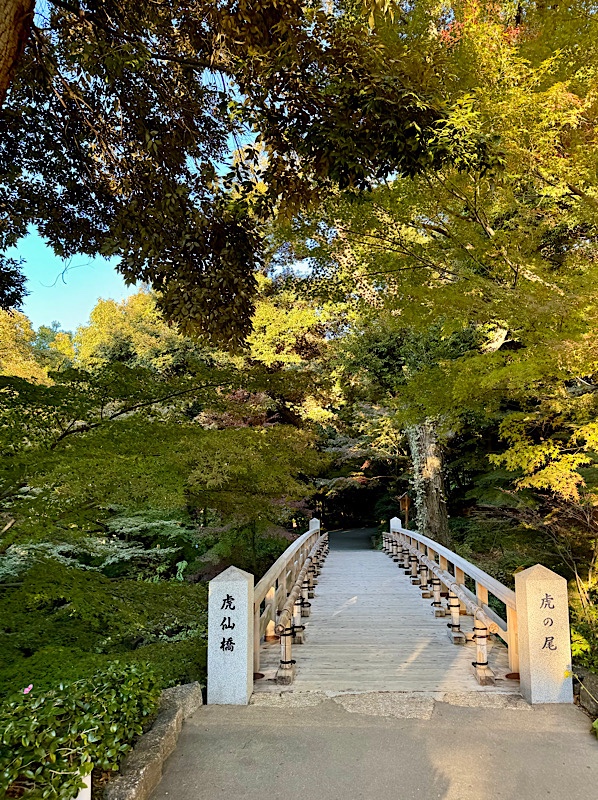 Multiple beds of irises that must look amazing in the spring.
Multiple beds of irises that must look amazing in the spring.